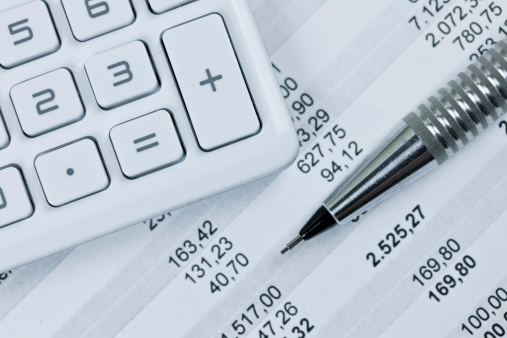A beginner's guide to VAT
 The ins and outs of VAT liability can seem overwhelming. Keith Tully outlines what
you need to know as a business owner.
The ins and outs of VAT liability can seem overwhelming. Keith Tully outlines what
you need to know as a business owner.
Value added tax (VAT) is a tax levied on the sale and purchase of business goods and services. If you are registered for VAT, you will collect information on the amounts of VAT charged to your customers, and the amounts that you have paid out.
The balance between these two figures is either reclaimed by your business, or paid out to HMRC, usually on a quarterly basis.
When to register for VAT
Once your company’s taxable turnover is £85,000 or more (2017-18), or if you expect the figure to exceed this threshold during any rolling 30-day period, you must register for VAT. You also need to register if your sales are VAT exempt and exceed £85,000 but you purchase from EU suppliers that are VAT registered.
There may be a benefit to registering, even when your taxable sales have not reached the threshold – for example, if taxable sales are approaching £85,000 and you have not kept complete VAT records. HMRC will impose financial penalties if you fail to register when you should.
What are current VAT rates?
There are three different rates of VAT in the UK, currently:
Standard rate: 20%
This is the rate paid on the majority of goods and services.
Reduced rate: 5%
Certain items and services attract the reduced rate of 5%. These include home energy and some children’s goods.
Zero rate: 0%
Zero-rated goods and services include children’s clothes and most food items.
Some goods and services are also VAT-exempt, including postage stamps, education, training and insurance products.
Keeping VAT records
It’s crucial to keep proper VAT records, as they may be needed to support the information given on your VAT returns. So what does this mean in practice? Records can be electronic or paper-based, and must show the VAT figure as a separate amount.
A record of all transactions involving VAT must be contained within a separate VAT account in your books, and provide a clear and accurate record of VAT activity within the business. Records that you will need to keep include:
- VAT invoices and receipts
- debit and credit notes
- business goods taken for personal use
- bank statements and cash books
- paying-in slips and cheque book stubs
Sales invoices and credit/debit notes should include your VAT and company registration numbers. If a customer returns goods and the invoice value changes, you will need to issue a new VAT invoice.
Alternative VAT accounting schemes
Apart from the standard method of VAT accounting, other schemes are available, including cash accounting and annual accounting. These are intended to assist certain types of businesses, such as retailers, and help to simplify administrative processes.
Cash accounting scheme
Standard VAT accounting involves paying the VAT owed, sometimes before your customers have paid their invoices. The cash accounting scheme addresses this cash flow issue, and means that you only pay the VAT you owe once your customers have paid.
Annual accounting scheme
This scheme allows you to file a single VAT return, instead of submitting returns on a quarterly basis. It reduces the paperwork involved, and helps with business cash flow. Interim payments are made during the year, with a balancing payment being made or received at the end of the year.
Fines and penalties
HMRC imposes fines and penalties in various circumstances, including late registration, late filing, errors and defaults. In terms of inaccuracies on a VAT return, the level of penalty will depend on whether HMRC view it as a lack of care, or a deliberate attempt to mislead. In some cases, penalties can be up to 100 per cent of the tax due.
Cancelling your VAT registration
If your VAT-taxable turnover falls below £83,000 (2017-18), you can deregister, but it would be wise to seek professional advice on the merits and drawbacks for your particular business.
Cancelling is unlikely to be a good idea if you generally reclaim VAT on your tax return, if the drop in taxable sales is believed to be temporary, or most of your customers are registered for VAT. Once HMRC has sanctioned deregistration, you must retain your VAT records for at least six years.
About the author
Keith Tully is a partner at Real Business Rescue, part of Begbies Traynor Group plc. Keith and his team advise directors across a range of company distress issues, such as cash flow problems, winding up petitions and liquidation advice.
